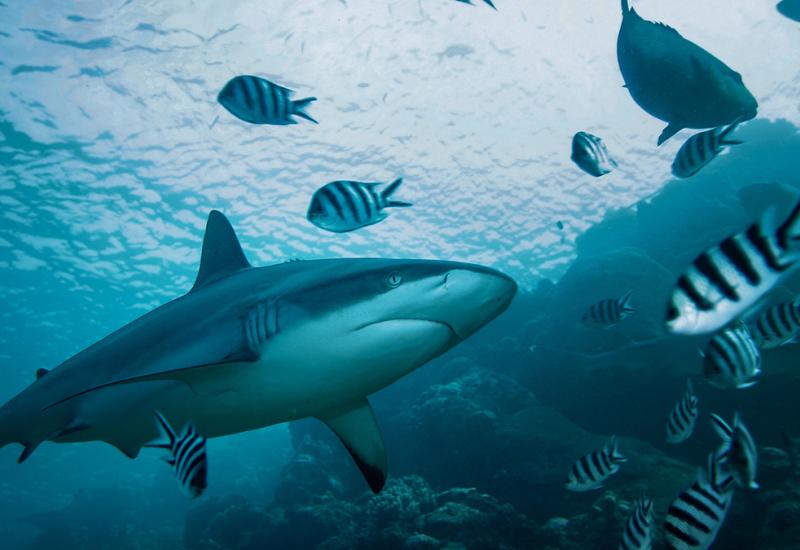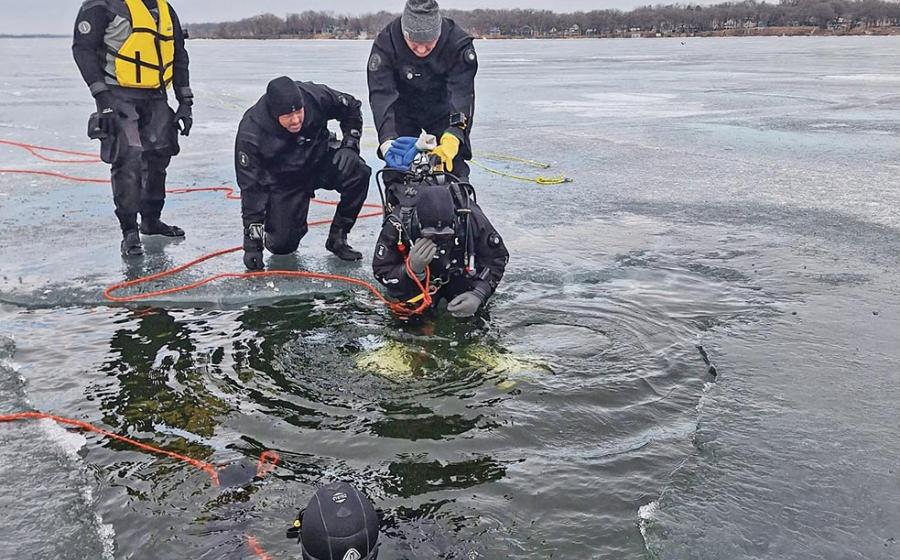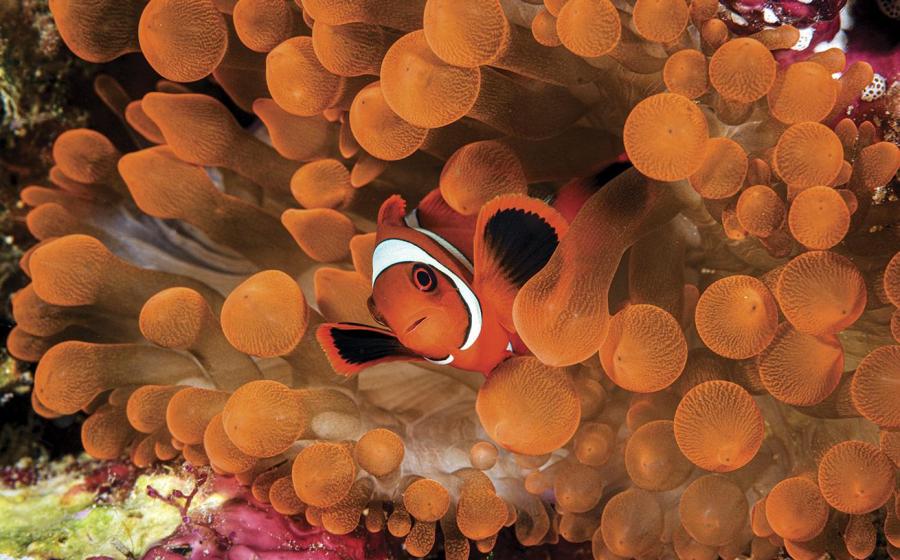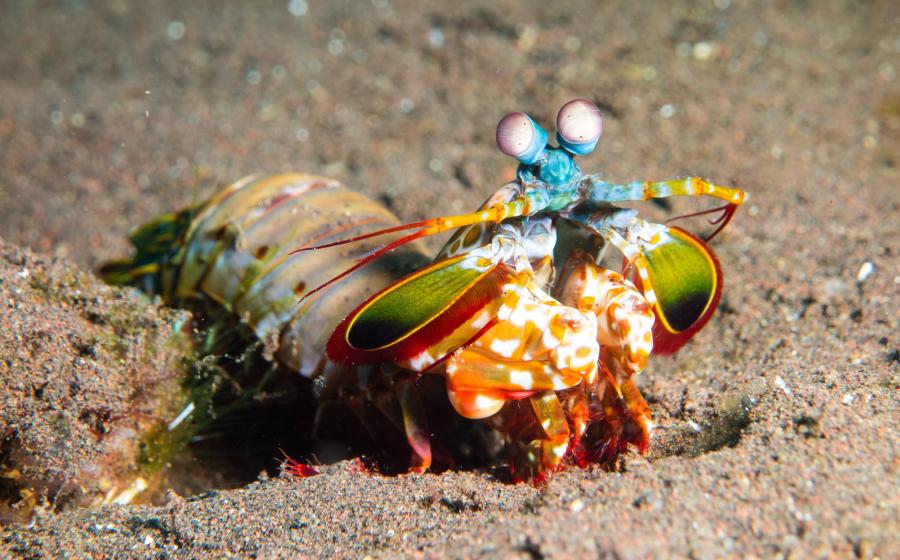Scuba Diving Key West
There’s no question that the Keys are the diving capital of Florida. In fact, because the 120-mile-long string of islands are home to the only living coral reef in the continental U.S., the Keys are also one of the most popular diving spots in the nation — if not the entire world. Scuba diving Key West gives divers access to the Keys’ barrier-reef system, located about five miles offshore from the islands. This system is the third-largest barrier reef on the planet (behind Australia and Belize) and supports an extremely diverse and abundant population of marine life. With such a teeming underwater ecosystem, along with easy access by car or plane and a huge array of diving businesses, the Florida Keys are a true paradise for scuba divers.
Recognizing the precious nature of the Keys’ marine ecosystem, in 1990 the U.S. government established the Florida Keys National Marine Sanctuary, which protects the waters surrounding the entire island chain and covers some 2,800-square nautical miles. This protected status has been a boon to divers, who flock to the Keys’ shallow reef system for its year-round warm water, plentiful sea life, incredible visibility and varied range of dive sites.
Related Reading: Divers Remove 14,000 Pounds of Trash in the Florida Keys
The coral reefs in the Keys are not only home to extremely diverse fish populations and intricate coral formations, but due to their location near centuries-old shipping routes, they also contain a hundreds of shipwrecks and sunken artifacts. Better yet, most of the Keys’ dive spots are just a short boat ride from the islands and feature convenient mooring buoys for dive boats. As a highly popular dive destination, the Keys boast a vast number of professional dive shops and charters, offering exciting dive trips for everyone from newly certified divers to seasoned veterans. And for those looking for something truly unique, the Florida Keys are even home to an underwater state park, an underwater hotel and an underwater marine research center.
Dives Not To Miss:
In Key Largo, check out John Pennekamp Coral Reef State Park, America’s very first underwater park. The state park, which was established in 1963, covers 178 nautical-square miles of coral reef, seagrass beds and mangrove swamps. One of Pennekamp’s most popular attractions is the "Christ of the Deep" statue, which is located at Key Largo Dry Rocks reef. Six miles south off Key West is the massive 524-foot Hoyt S. Vandenberg, a former United States Air Force missile tracking ship that was sunk in 140 feet of water as an artificial reef in 2009. Though the wreck is only a few years old, it’s already blossomed into a flourishing marine habitat. In the waters surrounding the Lower Keys lies the 210-foot Adolphus Busch, which is near the world-famous Looe Key reef, the site of the annual Lower Keys Underwater Music Festival. Off Marathon lies one of the Keys' most frequented wrecks, the Thunderbolt. Sitting upright on the bottom in 115 feet of water, the Thunderbolt measures 188 feet long, and sports a thick coating of colorful sponges, corals, hydroids and even a 500-pound Goliath grouper guarding the wreck’s bow section. Catch one of the numerous dive charters in Marathon and head out to the 269-foot-long Eagle, the first ship sunk in the Keys specifically as an artificial reef. The 510-foot Spiegel Grove off Key Largo is arguably the most popular wreck in the Florida Keys. At the time of its sinking in 2002, the Spiegel Grove was the largest ship intentionally sunk as a coral reef for divers. This retired Navy vessel, is home to some 160 species of marine life.
Related Reading: What the New Olympics Judges' Tower Means for Tahiti's Coral Reefs











